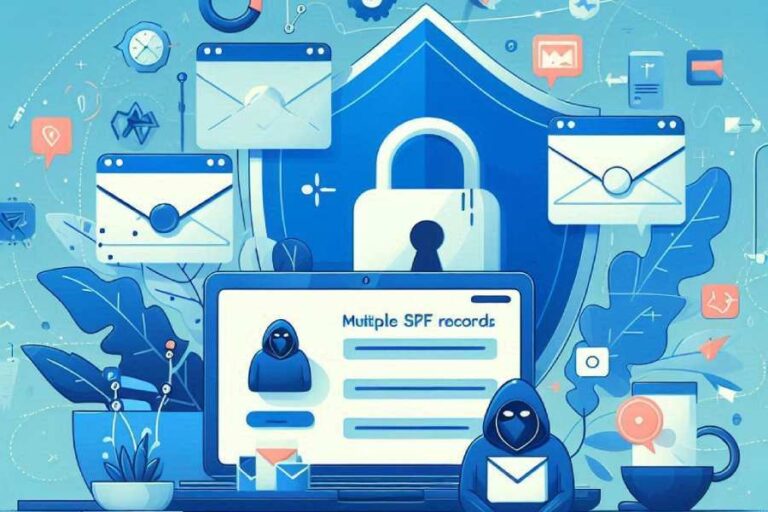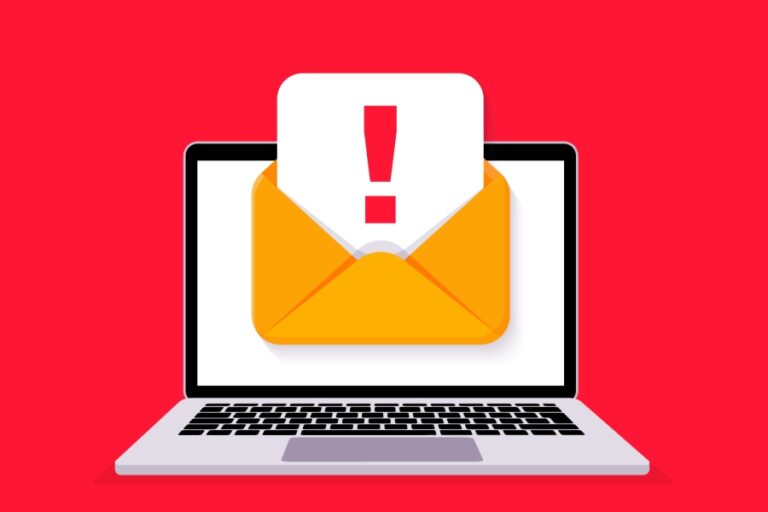Understanding the Trello Breach: Security Concerns and Expert Response
The Trello breach, which occurred in January 2024, resulted in approximately 15 million users having their email addresses, names, usernames, project management information, and activity logs scraped and offered for sale on a hacking forum. This incident raised significant concerns regarding user data security and highlighted the importance of implementing strong passwords and two-factor authentication…









